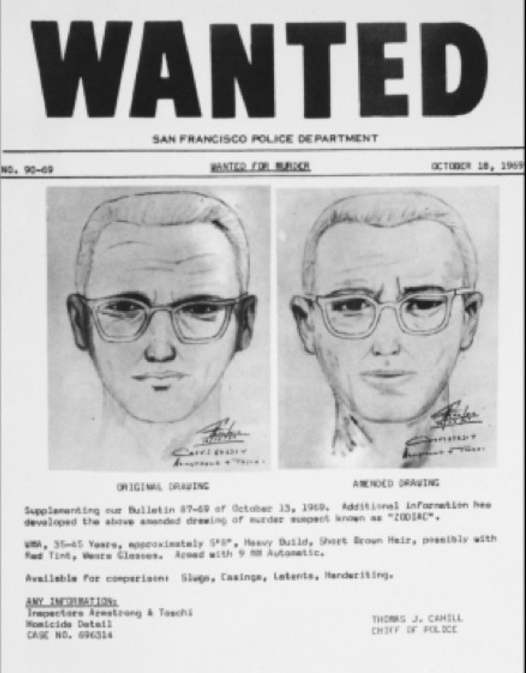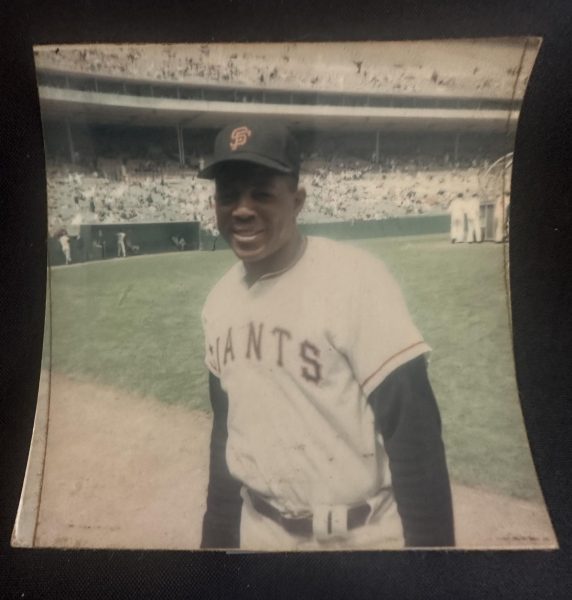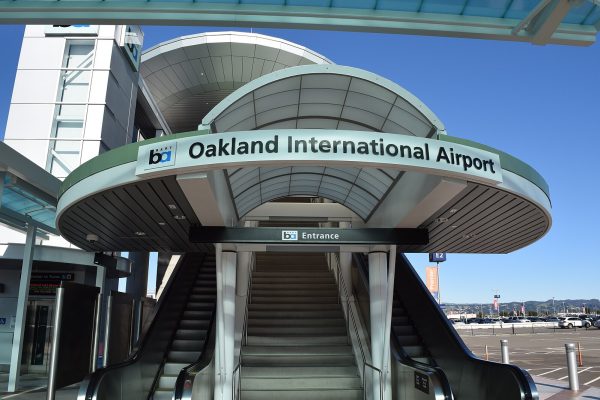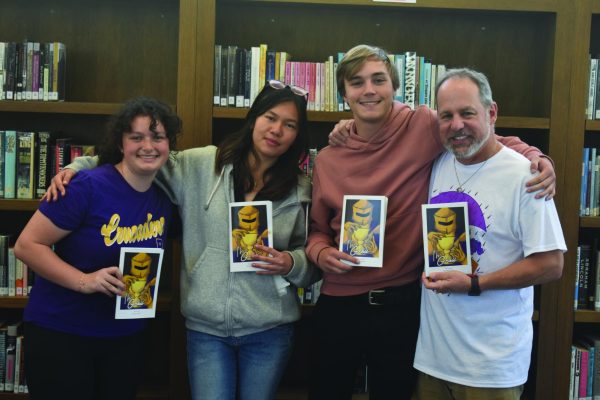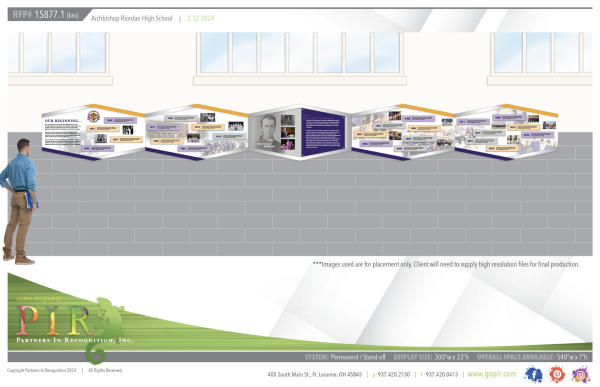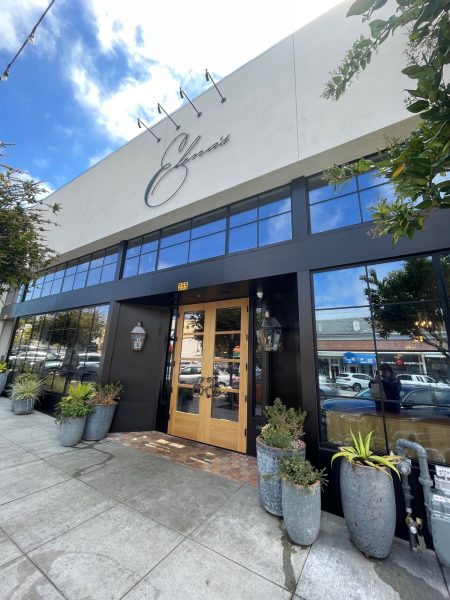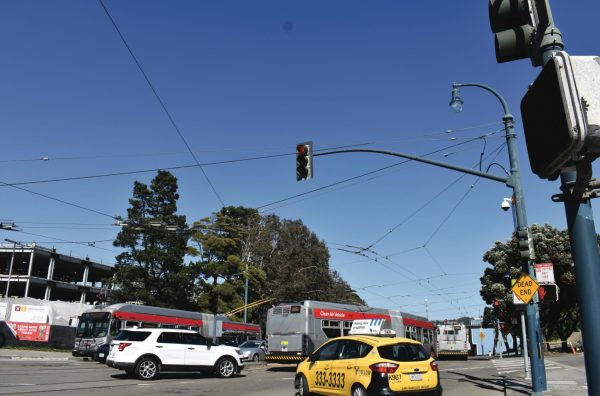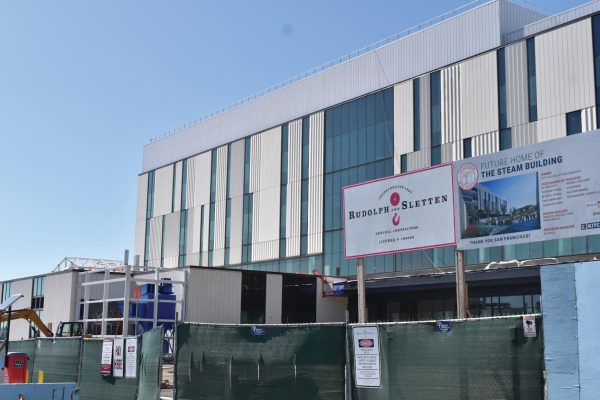50 years later, questions about Zodiac Killer remain
BREAKING: Zodiac’s 340 cipher solved
The Zodiac Killer was never caught or even identified.
December 11, 2020
Originally published May 23, 2019
The Zodiac Killer was a serial murderer who operated in the Bay Area during the late 60s and early 70s and was known for strange cryptic messages to the police and local media. The only information known about the killer is a police drawing, and the fact that the Zodiac was a male.
The Zodiac murdered victims in Benicia, Vallejo, Lake Berryessa, and San Francisco between December 1968 and October 1969. This year marks the 50th anniversary of his last murder.
During his reign of terror, he is confirmed to have killed five and injured two, but experts suggest it is likely he killed possibly 20– 28, although he claimed to have killed as many as 37.
As many note, the Zodiac Killer was never caught, and people theorize about who it could have been or could be. The Zodiac terrorized the Bay Area for almost seven years, and methodically struck fear into the people of San Francisco and Vallejo.
English teacher Kim Loder grew up in Vallejo at the time the Zodiac was lurking the streets. “It was a scary time,” she said. “There was curfew, and although it was not mandatory, you were really taking a risk being out after dark.”
Loder, who graduated from St. Vincent’s School in 1969, during the height of the killer’s spree, said the murders changed their high school years.
“Everyone was so uneasy. He really took away our freedom, and the carefree attitude that teenagers have,” she said. “It was unsettling. We were always on edge, constantly looking around around to make sure we were aware of our surroundings. Who would be next? Was he in my neighborhood?”
The way the Zodiac was able to be so publicly known is because during the ongoing investigation, he sent his puzzles and encrypted letters to the newspapers of San Francisco and others in the Bay Area, with the threat of more killings if they were not published.
Librarian Danny Appel, who was living in the South Bay during the Zodiac’s spree, said, “I was living in San Jose, but the killings were so random that it was in the back of my mind about, well, being a victim.”
The Zodiac Killer is not just infamous among the people who lived during the murders, but also journalists. As mentioned before, the Zodiac Killer sent letters to newspapers such as The San Francisco Examiner or the Vallejo Times. Not only did he send letters saying that he was the Zodiac Killer, but he also provided evidence to prove it, and added a deadly threat if they did not follow his directions.
Although the story of a serial killer is huge for newspapers, journalists were not necessarily eager to write about it.
Appel confirmed that he would in fact have written a story about the Zodiac, saying, “Yes I would write about the Zodiac if I could back then because it was such a huge story, it would be odd for the newspaper not to.”
One of the Zodiac’s encrypted messages was, “If you do not do this I will go on a kill ram page (sic) Fry night (sic) that will last the whole week end I will cruse (sic) around and pick off all stray people or couples that are alone then move on to kill some more until I have killed over a dozen people.”
People were afraid, and for journalists, it presented a problem for the code of ethics because they would not want to give credit to or write a story about a killer who is threatening to kill people. However, they also did not want to see if he was bluffing, and considering the fact he was a serial killer who had killed dozens of people already, the balance between publishing a terrifying, fascinating story and sacri cing ethics made the Zodiac even more threatening.
John Bowen, Media Ethics Professor at Kent State University, said, “The ethics involved is an issue of greater good. Does it serve a higher need to publish or to withhold? What harm will it cause and to whom?”
Bowen added, “It should take a lengthy discussion by the editors before a decision is made. I think that decision is one they make for each occurrence based on a number of circumstances. If they perceived the greater good was to publish, then I would have to agree considering they discussed the alternatives.”
The Zodiac not only threatened journalists, but also the police, essentially mocking the SFPD.
Over the past decade, with advancements in DNA testing, investigators extracted DNA from the envelopes, noting that the killer had to lick the envelope to close it, but were unable to identify a suspect.
Fifty years later, Loder said, “It’s something I will never forget. It was like living in a nightmare.”
The Zodiac killer has never been revealed or caught, but 50 years later, people still wonder where he is now, if he will resurface, or of someone else will take up the mantle.


